 W
WHartman Bache was an American military engineer who participated in the construction of many of the earliest lighthouses on the West Coast. He made a number of sketches of these lighthouses and light stations which have since become an important resource in the study of American lighthouses. He was also involved in the construction of railroads, canals, and defenses.
 W
WBarbier, Benard, et Turenne (BBT) was a French company founded in 1862, specializing in the manufacture of spotlights, Fresnel lenses for lighthouses, and lighting systems. It was the world's leading producer of lighthouse beacons from the end of the 19th century onwards. It dissolved in 1982.
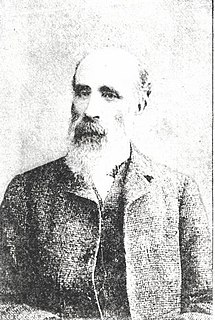 W
WJames Johnstone Barnet, was the Colonial Architect for Colonial New South Wales, serving from 1862 to 1890.
 W
WJohn Brown (1809–1876) was a Canadian builder of Scottish origin.
 W
WRichard Henry Brunton FRGS MICE was the so-called "Father of Japanese lighthouses". Brunton was born in Muchalls, Kincardineshire, Scotland. He was employed by the government of Meiji period Japan as a foreign advisor, primarily to build lighthouses.
 W
WChance Brothers and Company was a glassworks originally based in Spon Lane, Smethwick, West Midlands, in England. It was a leading glass manufacturer and a pioneer of British glassmaking technology.
 W
WSir John Coode, English civil engineer, known for harbour works.
 W
WSir James Nicholas Douglass, was an English civil engineer, a prolific lighthouse builder and designer, most famous for the design and construction of the fourth Eddystone Lighthouse, for which he was knighted.
 W
WWilliam Douglass was for twenty-six years an engineer for Trinity House and engineer-in-chief to the Commissioners of Irish Lights from 1878 to 1900. He built a number of offshore lighthouses and was responsible for the design of the second Fastnet Rock lighthouse.
 W
WWilliam Tregarthen Douglass (1857–1913) was an engineer, from a lighthouse engineering family. He was a consulting engineer for lighthouse construction for several governments around the world. His father was Sir James Nicholas Douglass, and his uncle William and his grandfather Nicholas were also famous in lighthouse construction.
 W
WNils Gustav von Heidenstam was a Swedish engineer born in Blekinge. He was the chief engineer of the Swedish Royal Coast Guard.
 W
WSir Thomas Matthews was a British civil engineer, who was a notable builder of lighthouses. He was the brother of Sir William Matthews, also a prominent civil engineer. During the late 19th and early 20th century Thomas Matthews was the Engineer-in-Chief of Trinity House.
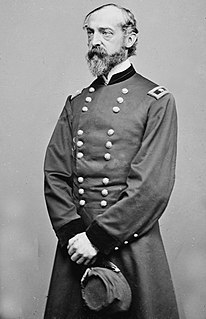 W
WGeorge Gordon Meade was a United States Army officer and civil engineer best known for decisively defeating Confederate General Robert E. Lee at the Battle of Gettysburg in the American Civil War. He previously fought with distinction in the Second Seminole War and the Mexican–American War. During the Civil War, he served as a Union general, rising from command of a brigade to that of the Army of the Potomac. Earlier in his career, he was an engineer and was involved in the coastal construction of several lighthouses.
 W
WBlaise-Jean-Marius Michel, Comte de Pierredon (1819-1907), also known as Michel Pasha or Michel Pacha in French, was a French architect and lighthouse builder.
 W
WAlexander Mitchell, was an Irish engineer who from 1802 was blind. He is known as the inventor of the screw-pile lighthouse.
 W
WEdward Orpen Moriarty (1824-1896) MA MInstCE was an Australian civil engineer, who undertook a number of important public works in New South Wales in the late nineteenth century.
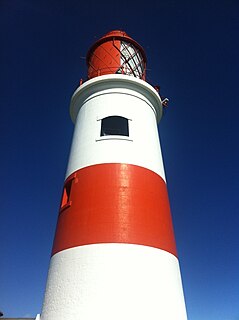 W
WHenry Norris (1816–1878) was a British civil engineer born in Poplar, London, the son of several generations of house carpenters. He was the resident engineer for lighthouse construction projects under contract to Trinity House from civil engineers Messrs. Walker & Burges, the firm of James Walker and Alfred Burges, and later on oversaw the building of Souter Lighthouse, the world's first lighthouse specifically designed & built to be powered by electricity.
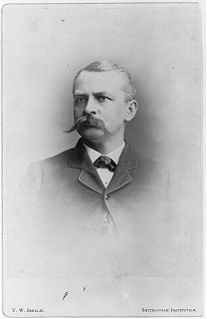 W
WPaul Johannes Pelz was a German-American architect, best known as the main architect of the Library of Congress in Washington DC.
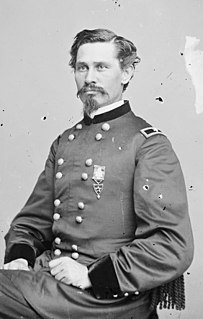 W
WOrlando Metcalfe Poe was a United States Army officer and engineer in the American Civil War. After helping General William Tecumseh Sherman's March to the Sea, he was responsible for much of the early lighthouse construction on the Great Lakes and design of the Poe Lock at Soo Locks between lakes Superior and Huron.
 W
WJohn Richardson Wigham was a prominent lighthouse engineer of the 19th century.
 W
WJohn Rudyard was contracted to build the second Eddystone Lighthouse, following the destruction of the original building in the Great Storm of 1703. He was neither an architect nor professional engineer, but a silk merchant and a property developer. Rudyard owned a silk-merchanting shop on Ludgate Hill in London, and had substantial interests in a variety of properties. A full biographical account of Rudyard's family background and career is contained in the second edition (2005) of Mike Palmer's account of the Eddystone Lighthouse.
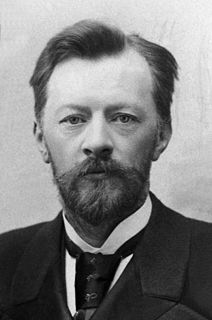 W
WVladimir Grigoryevich Shukhov was a Russian Empire and Soviet engineer-polymath, scientist and architect renowned for his pioneering works on new methods of analysis for structural engineering that led to breakthroughs in industrial design of the world's first hyperboloid structures, diagrid shell structures, tensile structures, gridshell structures, oil reservoirs, pipelines, boilers, ships and barges. He is also the inventor of the first cracking method.
 W
WJohn Smeaton was a British civil engineer responsible for the design of bridges, canals, harbours and lighthouses. He was also a capable mechanical engineer and an eminent physicist. Smeaton was the first self-proclaimed "civil engineer", and is often regarded as the "father of civil engineering". He pioneered the use of hydraulic lime in concrete, using pebbles and powdered brick as aggregate. Smeaton was associated with the Lunar Society.
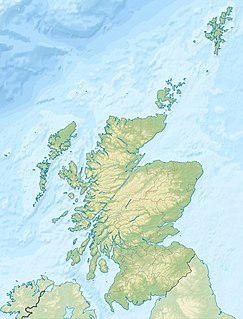 W
WThomas Smith was a Scottish businessman and early lighthouse engineer. He was appointed as the first Chief Engineer to the Northern Lighthouse Board in 1786.
 W
WAlan Stevenson FRSE LLD MInstCE was a Scottish civil engineer, known for designing and building lighthouses in and around Scotland.
 W
WCharles Alexander Stevenson MICE MIEE FRSE was a Scottish lighthouse engineer who built twenty-three lighthouses in and around Scotland.
 W
WDavid Alan Stevenson FRSE, F.I.C.E., FRSGS was a lighthouse engineer from the famous Stevenson lighthouse-builder family and noted amateur philatelist.
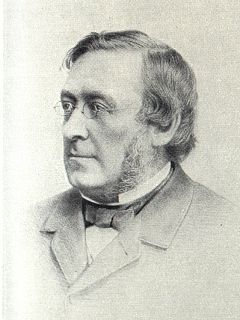 W
WDavid Stevenson MICE FRSE FRSSA was a Scottish lighthouse designer, who designed over 30 lighthouses in and around Scotland, and helped continue the dynasty of lighthouse engineering founded by his father.
 W
WDavid Alan Stevenson FRSE MIME FRSSA MICE was a lighthouse engineer who built 26 lighthouses in and around Scotland.
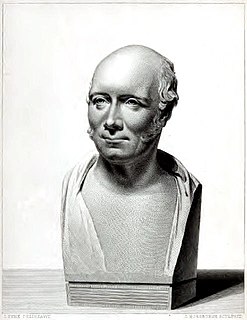 W
WRobert Stevenson, FRSE, FGS, FRAS, FSA Scot, MWS was a Scottish civil engineer and famed designer and builder of lighthouses.
 W
WThomas Stevenson PRSE MInstCE FRSSA FSAScot was a pioneering Scottish civil engineer, lighthouse designer and meteorologist, who designed over thirty lighthouses in and around Scotland, as well as the Stevenson screen used in meteorology. His designs, celebrated as ground breaking, ushered in a new era of lighthouse creation.
 W
WFrançois Léonce Verny, was a French officer and naval engineer who directed the construction of the Yokosuka Naval Arsenal in Japan, as well as many related modern infrastructure projects from 1865 to 1876, thus helping jump-start Japan's modernization.
 W
WJames Walker was an influential Scottish civil engineer.
 W
WGodfrey (Gottfried) Weitzel was a German-American major general in the Union army during the American Civil War. He was the acting Mayor of New Orleans during the Union occupation of the city and also captured and occupied the Confederate capitol, Richmond, Virginia. Weitzel also is known for his post-war accomplishments with the U.S. Army Corps of Engineers in designing and constructing internal improvements, particularly along the Ohio River and the Great Lakes region.
 W
WHenry Winstanley was an English painter, engineer and merchant, who constructed the first Eddystone lighthouse after losing two of his ships on the Eddystone rocks. He died while working on the project during the Great Storm of 1703.
 W
WAbisha Woodward (1752–1809), also known as Abashai Woodward, was an architect and contractor from New London, Connecticut that is best known for building lighthouses in the United States. He oversaw the construction of many of Connecticut's earliest lighthouses, but also worked in New York and North Carolina during his career. The oldest surviving beacon built by Woodward is the New London Harbor Lighthouse, which he completed in 1801.